
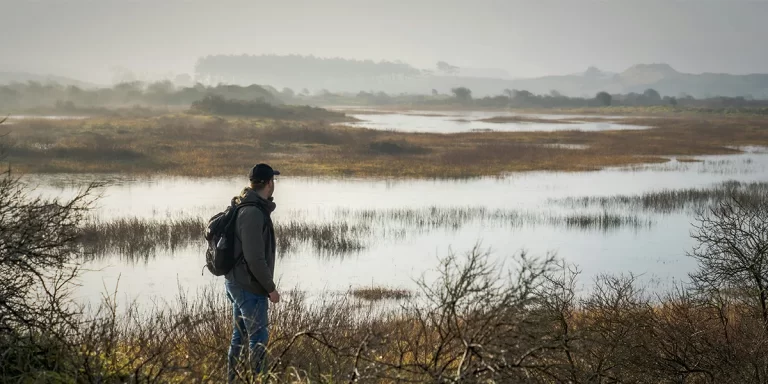
Backpacking in the Netherlands offers plenty of scenic hiking for those looking to explore its diverse landscapes.
Despite its small size, the Netherlands boasts an extensive hiking trail system of over 3,700 miles (6,000 kilometers) of long distance footpaths crisscrossing the country. Most regions contain marked trail networks, including the 21 National Parks with over 283,000 acres of protected land.
And that’s what this post is all about – backpacking in the Netherlands. We’ll provide tips to help you prepare for backpacking in this diverse country as well as showcase the TOP 5 multi-day trails.
Let’s get started.
Discover the most stunning long trails in the Netherlands for amazing adventures:
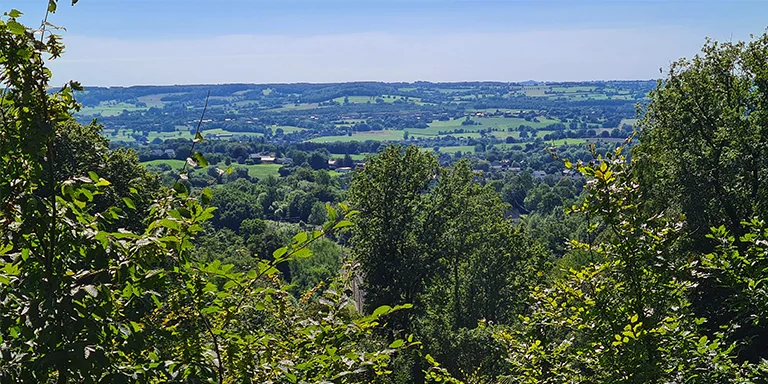
Length: 62.9 mi / 101.2 km
Type: Point to point
Difficulty: Hard
Elevation Gain: 8202 ft / 2500 m
Location: Eygelshoven
Estimated Hiking Calorie Burn: 7400 calories
More Details: See on AllTrails
The challenging 63-mile Dutch Mountain Trail traverses the hills of Limburg from Maastricht to Eygelshoven near the borders of Germany and Belgium. Climbing through forests and fields to the highest peaks in the Netherlands, hikers are treated to panoramic views from summits like the iconic Vaalserberg. With steep climbs and slippery descents, good fitness and sturdy shoes are a must on this rewarding multi-day trek. Follow white and blue waymarking as the trail connects you to the natural beauty and cultural heritage of Limburg. Experience a true taste of the Netherlands’ “mountains” on the Dutch Mountain Trail.
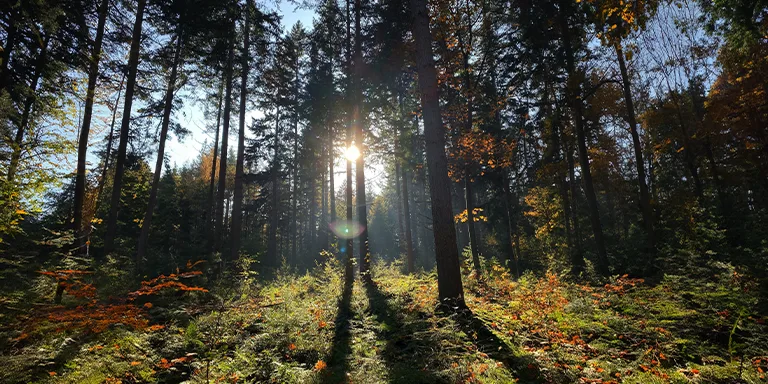
Length: 33 mi / 53.1 km
Type: Loop
Difficulty: Moderate
Elevation Gain: 2687 ft / 819 m
Location: Utrechtse Heuvelrug National Park
Estimated Hiking Calorie Burn: 3700 calories
More Details: See on AllTrails
This moderately challenging 33-mile loop in Utrecht climbs through forests and over heathland hills in the Utrechtse Heuvelrug National Park. Taking in viewpoints like the Amerongse Berg and Leersumse Plassen lake, the two-day circuit provides a scenic taste of the region’s nature and history. Walk past ancient burial mounds, sand excavations, and the monumental Prattenburg estate for an up-close look at the park’s diverse landscapes. With minimal facilities along the remote trails, come prepared for self-sufficient hiking.
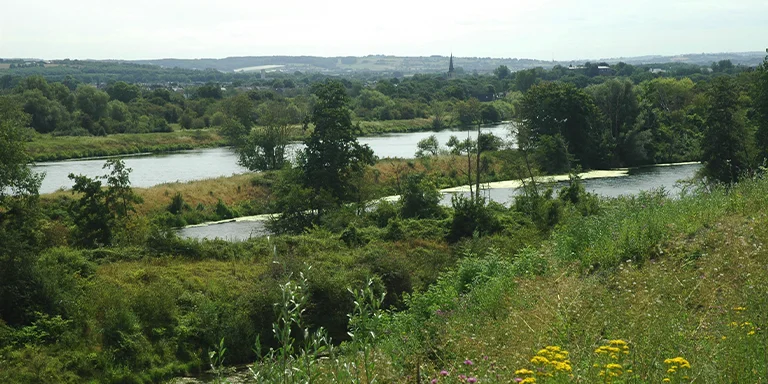
Length: 57 mi / 91.7 km
Type: Loop
Difficulty: Hard
Elevation Gain: 6548 ft / 1996 m
Location: Maastricht
Estimated Hiking Calorie Burn: 6600 calories
More Details: See on AllTrails
Perfect for a 2-3 day backpacking adventure, the challenging 57-mile Krijtlandpad loop immerses hikers in the nature of South Limburg. Traversing the region’s iconic marl landscapes, the trail winds through forests, nature reserves, and rural villages. Climb to panoramic viewpoints like the Vaalserberg, the Netherlands’ highest point. With plentiful backcountry campsites and modest elevation gains, the Krijtlandpad offers a rewarding yet achievable backpacking experience. Follow yellow-red markings as you discover the history and scenery of Limburg, where each bend in the trail reveals a new and beautiful vista.
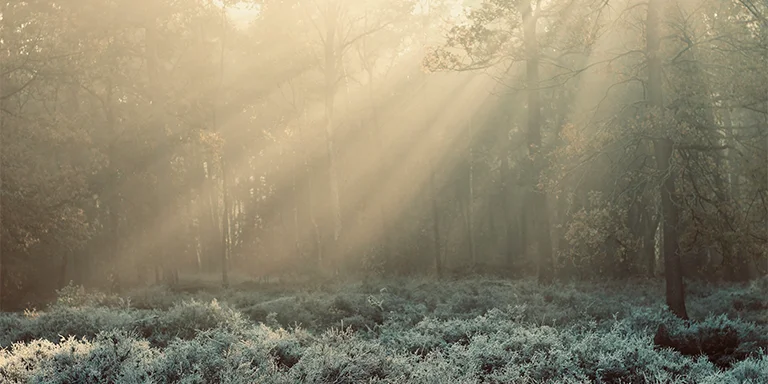
Length: 45 mi / 72.4 km
Type: Point to point
Difficulty: Hard
Elevation Gain: 1817 ft / 554 m
Location: Vecht- en Beneden-Reggegebied
Estimated Hiking Calorie Burn: 4900 calories
More Details: See on AllTrails
For an immersive 2-3 day backpacking adventure, follow the challenging 45-mile Reggepad from Ommen to Diepenheim. Tracing the meandering Regge River through forests and meadows, the route treats hikers to the quintessential natural beauty of Overijssel. Pass storybook villages and windmills as you hike from campsite to campsite along the waymarked path. With plentiful water sources and mostly flat terrain, the Reggepad offers a rewarding yet moderate backpacking challenge. Soak in gorgeous river scenery and experience this iconic slice of the Dutch countryside on a peaceful wilderness escape.

Length: 64.2 mi / 103.3 km
Type: Point to point
Difficulty: Hard
Elevation Gain: 4130 ft / 1259 m
Location: Enschede
Estimated Hiking Calorie Burn: 7200 calories
More Details: See on AllTrails
Escape into nature on the meditative Hilligenpad backpacking trail. This moderately challenging 64-mile route winds through the forests and heathlands of Twente in Overijssel, Netherlands. As a pilgrimage path, the Hilligenpad connects hikers to the cultural history and natural beauty of the region. Stop at chapels, ancient oaks, and over 50 other spiritual sites to reflect and rejuvenate. With modest elevation gains and villages along the way for resupply, the 4-5 day journey is accessible for most backpackers. Camp at designated sites each night surrounded by the scenic splendor of Twente.
The Netherlands has a temperate maritime climate with mild summers and cool winters:
Strong winds often occur along the coast. Drier days mix with wetter days in all seasons.
Before you grab your backpack and head outdoors, take a look at the weather statistics for the Netherlands (Eindhoven):
| Jan | Feb | Mar | Apr | May | Jun | Jul | Aug | Sep | Oct | Nov | Dec | |
|---|---|---|---|---|---|---|---|---|---|---|---|---|
| High °F | 42 | 44 | 50 | 58 | 65 | 69 | 73 | 72 | 66 | 58 | 49 | 43 |
| Low °F | 33 | 33 | 36 | 41 | 47 | 52 | 56 | 55 | 50 | 45 | 39 | 35 |
| Rain/Snow (D*) | 10 | 8 | 8 | 7 | 9 | 9 | 9 | 9 | 9 | 9 | 9 | 10 |
Not sure if the Netherlands is right for you?
Don’t forget to check out our backpacking guides for Germany and England.
When you go camping in the Netherlands, campfires are usually not allowed. This is because they can be really risky and harm the environment. In many natural places like parks, making open fires is against the rules because they could easily start a fire and damage the surroundings. Most camping sites don’t let people have their own campfires, but they might have special spots where everyone can gather around a fire pit. If you’re camping in remote areas, it’s usually not allowed to make open fires either. There are a few exceptions, like in certain places where you can have small fires for cooking, but you have to follow strict guidelines. So, instead of planning on having a campfire, it’s better to bring along camping stoves or other cooking equipment.
If you’re a U.S. citizen planning a tourist trip to the Netherlands for up to 90 days, you don’t need to get a visa in advance. All you need is a valid U.S. passport. When you arrive in the Netherlands, you’ll have to go through a passport check, but after that, you’re free to explore as a tourist under the visa waiver program. There’s no need to apply for a visa beforehand. However, if you plan to stay longer than 90 days within a 180-day period, you’ll have to get a residency permit before your trip.
For backpacking, hiking, and camping adventures lasting less than 90 days, U.S. citizens can enter the Netherlands without a tourist visa by just showing their passport.
Use common sense precautions as you would anywhere when backpacking in the countryside of the Netherlands. Avoid deserted areas at night, store valuables securely in your tent, and don’t display expensive hiking or biking gear. Be wary of thefts at crowded windmills or along the canals and while walking or biking between towns. Learn basic Dutch phrases to overcome any language barriers. Research the areas you’ll hike or bike between and let someone know your itinerary. Check weather forecasts frequently and prepare for sudden changes in the wind while near the windmills. Bring adequate gear and navigation tools for the conditions. Understand local laws, customs, and camping regulations. Be sure to stop and enjoy the famous Dutch tulips in spring during your travels. Overall, backpacking in the Netherlands is very safe if travelers remain aware of their surroundings, take precautions, and prepare properly for the biking, walking, and camping activities and changeable climate.
The Netherlands has 21 national parks, but De Hoge Veluwe, De Biesbosch, and De Loonse en Drunense Duinen are among the most popular and best for hiking. De Hoge Veluwe has diverse landscapes with forests, heath, and grasslands crisscrossed by trails. De Biesbosch features reed marshes and ponds ideal for canoeing along with wildlife viewing. De Loonse en Drunense Duinen showcases coastal dunes, pine woods, and diverse bird species. Other top parks include Zuid-Kennemerland’s coastal scenery and Weerribben-Wieden’s lakes and bogs. Though small in size, the Netherlands’ national parks protect unique ecosystems and offer excellent hiking options relatively close to major cities.
To explore the Netherlands as a budget backpacker, use maps to plan transit between trails and cities to avoid rental car costs. Pack lightweight gear and budget-friendly supplies for the trip. Book hostels, campsites, or low-cost B&Bs in advance for deals. Purchase food at grocery stores rather than dining out. Look into discounted multi-day transit passes for city travel days. Focus hikes on shorter loops reachable by public transport from urban hubs to minimize additional travel expenses. Be ready to stealth camp outside of designated campgrounds when necessary.